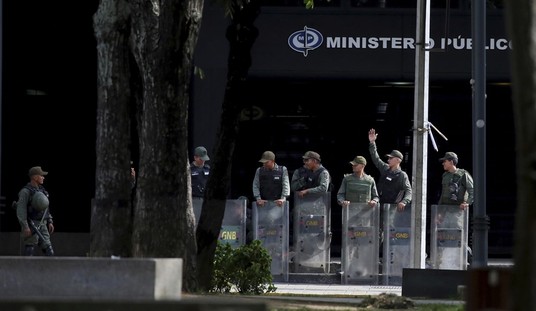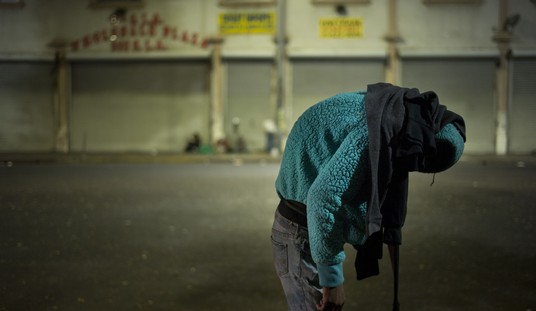California’s sun will go dark Aug. 21. And when the moon crosses the sun, California’s solar power grid will slowly, quietly, stop working.
State energy officials are warning residents to click off all lights they don’t need and unplug all electrical appliances when 62 percent of the sun disappears over Los Angeles during a partial solar eclipse that is expected that day.
Nobody is warning of blackouts. But then again, nobody knows what will happen.
“When the sun goes away, so does the energy that powers our renewable solar panels. If millions of Californians turn off appliances and power strips to unplug from the grid during the eclipse, we can let our hard-working sun take a break,” said Michael Picker, president of the California Public Utilities Commission.
The California Public Utilities Commission has branded the upcoming eclipse as not just a solar eclipse but the “Great Solar Eclipse.”
It’s only a partial eclipse that will travel across California from about 9:02 a.m. until 11:54 a.m. Pacific time. But still, it will be significant because of the solar energy that the state’s energy grid will lose.
A California Public Utilities Commission statement said the sun was expected to be obscured from 76 percent in Northern California to 62 percent in Southern California, “and this reduction in solar radiation will directly affect the output of both large-scale photovoltaic (PV) electric power plants and rooftop solar.”
“Nearly 10,000 MWs of commercially operational grid-connected solar PV is currently operated by California’s investor-owned utilities, and more will soon be completed,” the CPUC statement said. “Initial estimates show at the eclipse peak, commercial solar production for the investor-owned utilities will be reduced from an estimated 8,754 MWs to 3,143 MWs at the maximum partial eclipse and then return to 9,046 MWs.”
“The normal morning solar ramp will be interrupted with a down ramp beginning at 9:02 a.m. followed by a greatly accentuated up ramp beginning at 10:22 a.m. until noon,” the CPUC statement added.
California is not expected to experience another eclipse of this magnitude until 2045. But more importantly, an eclipse like this has never happened while California has depended so much on solar power.
Solar power makes up half of California’s renewable energy supply. The U.S Energy Administration said total solar capacity in California (including both distributed and utility-scale systems) has grown from less than 1 GW in 2007 to nearly 14 GW by the end of 2016.
Nearly half-a-million people in California have solar panels, according to the CPUC.
The U.S. Energy Administration said utility-scale solar power generation in the territory of the California Independent System Operator, a quasi-government agency that runs the transmission grid for about 80 percent of California, accounted for almost 40 percent of net grid power during a three-hour period on March 11.
Close to four percent of the power the city of Sacramento depends on comes from solar.
So this Great Solar Eclipse in August is going to be a big deal.
Picker said the CPUC could compensate with small power plants that burn natural gas. But unlike the solar facilities, the natural gas plants would emit greenhouses gases, so they’d rather not fire them up.
“We don’t have to rely on expensive and inefficient natural gas peaking power plants, we can have cleaner air, we can keep our system reliable, and we can send a message to the rest of the country that we can do all of that without being forced to rely on fossil fuels as the only foundation of our electricity,” Picker said.
He hopes.
However, dealing with the eclipse might be tougher than Picker would lead California to believe, said Steven Greenlee, a spokesman for California’s Independent System Operator Corp.
“The ramp-down and then ramp-up of solar, synched with the ramp-up and then down of non-solar resources to cover the gap will be a challenge,” Greenlee told KPCC.
He said it would be like trying to keep the water in a swimming pool at a consistent level by filing it at one end while draining water of the other end.
What also worries Greenlee is that nobody can be sure what other problems California will be dealing with as the solar eclipse occurs.
“We could be in the middle of a big heat wave,” Greenlee told the Sacramento Bee. “There could be wildfires playing havoc with transmission wires.”
The next solar eclipse, the one expected in 2045, will coincide nicely with California becoming even more dependent on the sun.
Democrats in Sacramento have introduced SB 100, legislation that would force California’s energy to come only from renewable sources like solar power by 2045.









Join the conversation as a VIP Member